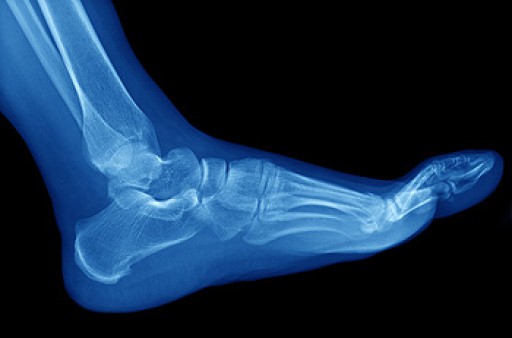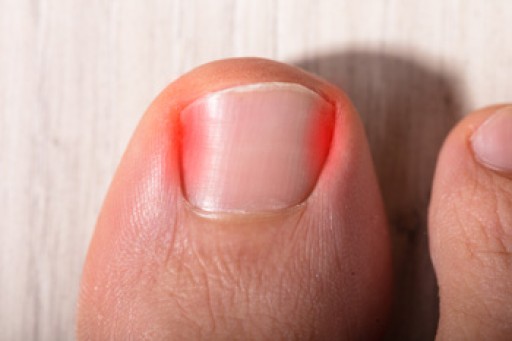Cuboid syndrome causes lateral foot pain and is the result of the cuboid bone being dislocated. The cuboid bone is one of the smallest bones in the foot and is located in the middle of the foot. There are many ways that cuboid syndrome can develop. Injury is the most common cause of this condition; usually, an inversion sprain can lead to the cuboid bone dislocating. Repetitive strain is another common cause, and this occurs when tension is placed on the muscle that runs along the outer side of the lower leg that connects to the outer side of the foot. This can cause the bone to shift. Ballet and running are two of the most common causes of this form of tension. Flat feet are also a risk factor for cuboid syndrome due to the altered foot biomechanics involved. If you are experiencing symptoms associated with cuboid syndrome, consult with a podiatrist to learn more about the condition and whether it is causing your pain.
Cuboid syndrome, also known as cuboid subluxation, occurs when the joints and ligaments near the cuboid bone in the foot become torn. If you have cuboid syndrome, consult with one of our podiatrists from Foot Health Center of Merrimack Valley. Our doctors will assess your condition and provide you with quality foot and ankle treatment.
Cuboid syndrome is a common cause of lateral foot pain, which is pain on the outside of the foot. The condition may happen suddenly due to an ankle sprain, or it may develop slowly overtime from repetitive tension through the bone and surrounding structures.
Causes
The most common causes of cuboid syndrome include:
- Injury – The most common cause of this ailment is an ankle sprain.
- Repetitive Strain – Tension placed through the peroneus longus muscle from repetitive activities such as jumping and running may cause excessive traction on the bone causing it to sublux.
- Altered Foot Biomechanics – Most people suffering from cuboid subluxation have flat feet.
Symptoms
A common symptom of cuboid syndrome is pain along the outside of the foot which can be felt in the ankle and toes. This pain may create walking difficulties and may cause those with the condition to walk with a limp.
Diagnosis
Diagnosis of cuboid syndrome is often difficult, and it is often misdiagnosed. X-rays, MRIs and CT scans often fail to properly show the cuboid subluxation. Although there isn’t a specific test used to diagnose cuboid syndrome, your podiatrist will usually check if pain is felt while pressing firmly on the cuboid bone of your foot.
Treatment
Just as the range of causes varies widely, so do treatments. Some more common treatments are ice therapy, rest, exercise, taping, and orthotics.
If you have any questions, please feel free to contact one of our offices located in North Andover, and Tewksbury, MA . We offer the newest diagnostic and treatment technologies for all your foot care needs.











 Foot surgery
Foot surgery





